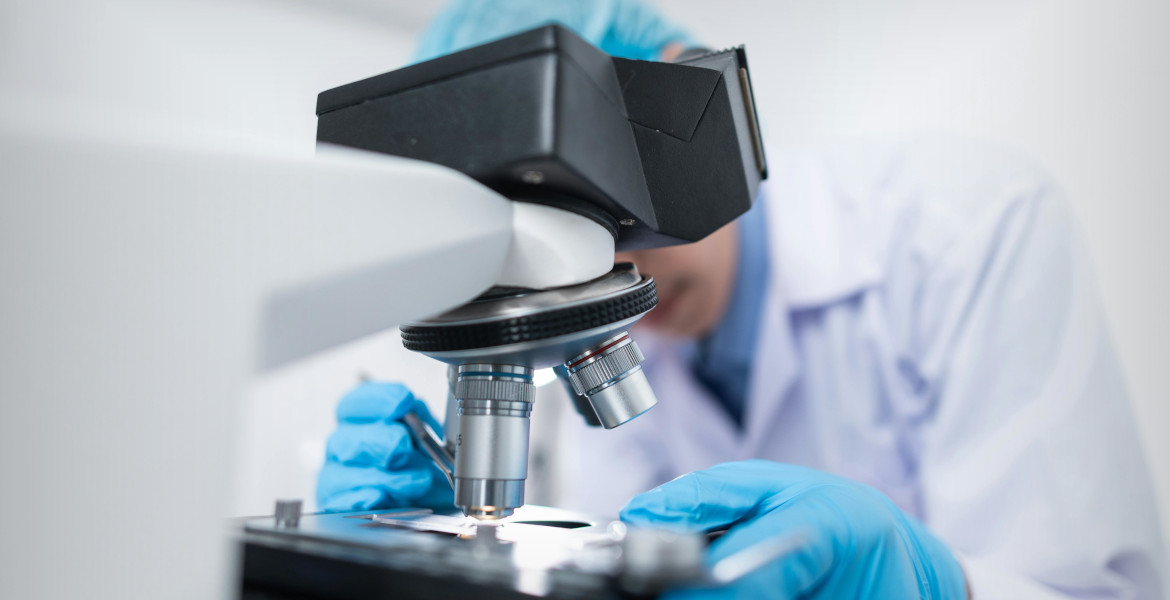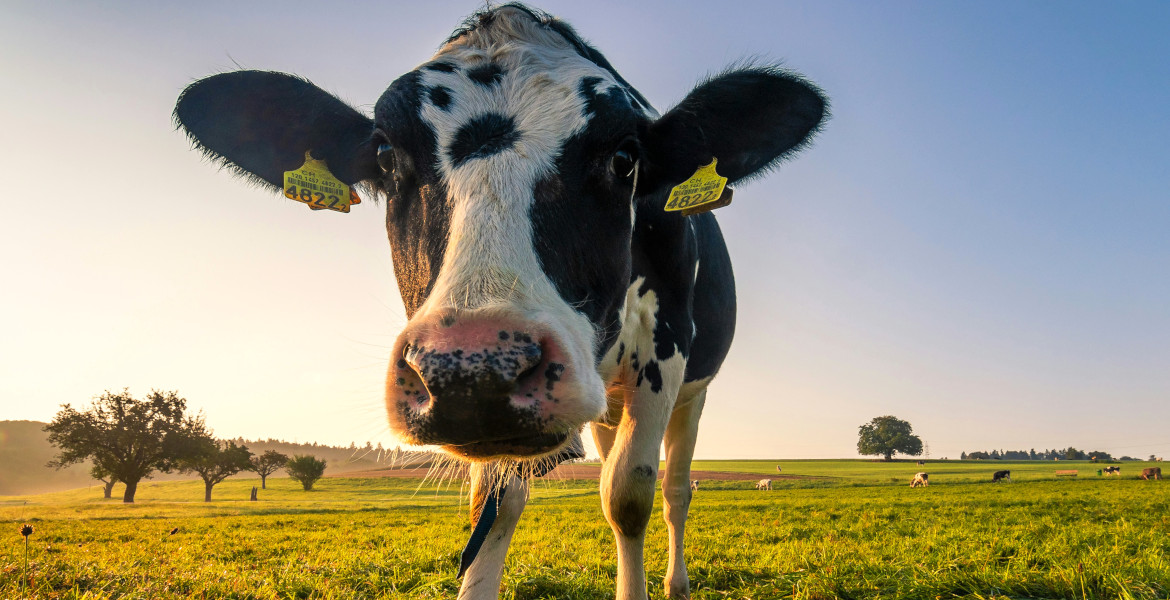The remains of a six-year-old Neanderthal child who likely suffered from Down syndrome have been found in Spain. The findings suggest that the child received extensive care from his group, indicating a high level of compassion among Neanderthals.
Neanderthals (Homo neanderthalensis) lived from about 400,000 years ago to about 40,000 years ago. Basically, they lived in the western parts of Asia and Europe.
In the Cova Negra cave in the Valencia region of eastern Spain, fossils were found that, after analysis, are believed to be Neanderthal. They also found a child with a severely deformed bone in its inner ear, which is associated with Down syndrome.
The researchers estimate that the child, named Tina, was six years old when she died, according to the findings published in the journal Science Advances. She likely had severe hearing loss and problems with balance and dizziness.
Neanderthals have long been known to care for the sick or injured, but interest in understanding the meaning of this behavior has grown in recent years. One theory is that they were kind in a transactional sense, helping adult individuals in return for the favor. But another theory is that they did it out of pure compassion, which is what this study suggests, the researchers say.
Needed lots of care
The child would have needed a lot of care, and life for a Neanderthal was hard, so the researchers suggest that the whole group probably helped to care for the child. However, children are not able to return the favor like an adult, suggesting that the child was cared for out of compassion.
"This is a known case in Neanderthals of social care for a child with a severe pathology", writes the research team from the University of Alcalá and the University of Valencia in Spain, together with Binghamton University and the State University of New York.
The other children with Down syndrome found in prehistoric times died in infancy, making this finding unusual. This suggests that the child must have been cared for around the clock.
– The excavations at Cova Negra have been key to understanding the way of life of the Neandertals along the Mediterranean coast of the Iberian Peninsula and have allowed us to define the occupations of the settlement: of short temporal duration and with a small number of individuals, alternating with the presence of carnivores, said Professor Valentín Villaverde of the University of Valencia in a press release.
In contrast, there is a documented case in which a chimpanzee with Down syndrome survived for almost two years due to the care of its mother and sister. It was only when the chimpanzee's sister stopped caring for the baby that things became too difficult for the mother, and the baby died.
The researchers stress that they cannot say for sure that the infant had Down syndrome, but that the findings strongly suggest that it did.





